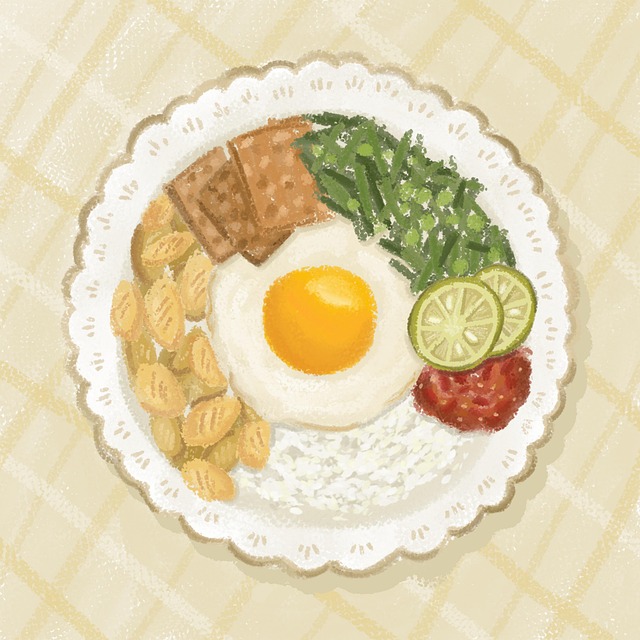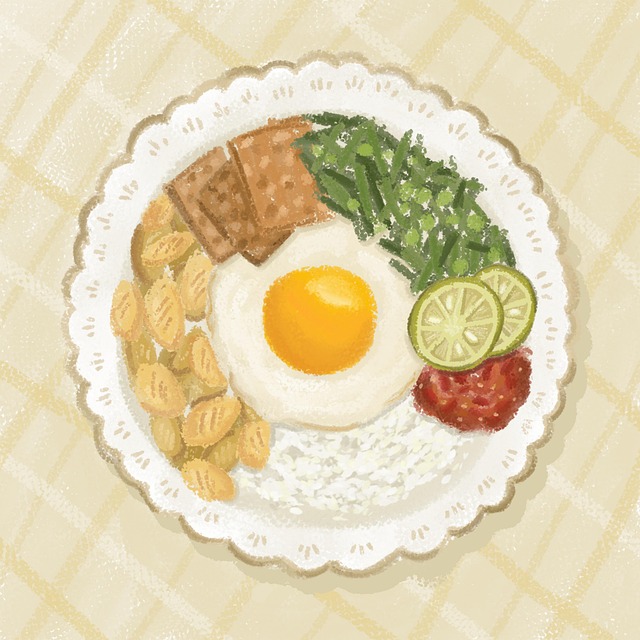Tempe's no-gi grappling scene demands athletes master raw body mechanics and advanced grip management. Sweeps, reversals, guard control, and mount positions are key techniques. Training involves flow drills, conditioning, dynamic stretching, and live partner work. The Tempe no-gi approach revolutionizes combat sports with versatile fundamentals for competition and self-defense.
In the realm of martial arts, grappling has evolved beyond its traditional confines. Explore the dynamic world of ‘No-Gi Grappling’, a versatile discipline that focuses on brute skill and technique, shedding the restrictive gi uniform worn by Jiu Jitsu and submission wrestling athletes. This article delves into the fundamentals, unearths key differences, guides beginners with essential techniques, introduces advanced positioning and submissions, offers training tips for effective drills, and highlights real-world applications and benefits of this captivating art—all while mastering the Tempe no-gi basics.
- Understanding No-Gi Grappling Basics
- Key Differences From Gi Uniform
- Essential Techniques for Beginners
- Advanced Positioning and Submissions
- Training Tips for Effective Drills
- Real-World Applications and Benefits
Understanding No-Gi Grappling Basics

No-Gi grappling, often referred to as “temple no-gi fundamentals,” involves mastering techniques in an open-vested or naked upper body environment, common in submission wrestling and Jiu-Jitsu competitions. Unlike the traditional gi uniform that restricts movement, no-gi requires athletes to rely on their body mechanics, grip strength, and positioning to control and submit opponents. This style of grappling promotes a dynamic and ever-changing flow where both attackers and defenders must adapt quickly.
Understanding the fundamentals is crucial for success in Tempe’s pro grappling scene or any AZ competition. Key aspects include learning effective breaking techniques to disrupt an opponent’s balance and create openings, mastering sweeps and reversals to gain control, and developing strong grip management skills to secure submissions. Regular practice through flow drills helps build muscle memory, improving reaction time and overall grappling flow during intense matches.
Key Differences From Gi Uniform

When athletes transition from wearing a traditional gi to competing in a no-gi environment, several key differences become apparent. The absence of the gi uniform dramatically alters the dynamics of grappling, particularly in disciplines like Jiu-Jitsu and submission wrestling. One of the most significant changes is the challenge of achieving and maintaining guard retention. Without the gi’s sleeves and lapels, which provide leverage for securing positions, Tempe no-gi fundamentals demand a higher level of technical proficiency and body control to establish and maintain guard advantages.
Furthermore, sweeps and reversals in AZ or any other region where Tempe MMA no-gi is popular, require different strategies. The ability to manipulate an opponent’s balance and create space becomes even more critical without the gi’s restrictive fabric. Athletes must develop a keen awareness of their body positioning and timing to execute sweeps and reversals effectively. Guard retention techniques specific to no-gi, such as leg laces, knee cuts, and collar chokes, become essential tools in the Tempe MMA no-gi arsenal, allowing competitors to dominate positions and force submissions from various guard frameworks.
Essential Techniques for Beginners

For beginners exploring the world of Tempe no-gi fundamentals, mastering essential techniques is crucial. One of the key aspects to focus on is understanding and executing various sweeps and reversals. These movements allow athletes to gain a strategic advantage by disrupting their opponent’s position, providing an opportunity for submission attempts or escape. Practicing these techniques against a resistant partner helps in developing timing, balance, and body control—fundamental skills for effective no-gi grappling.
Additionally, learning how to establish dominant positions, such as the guard or mount, is vital. These positions serve as a foundation for applying hybrid submission styles from both Jiu-Jitsu and submission wrestling. By combining these techniques, athletes can create a well-rounded game that caters to different scenarios on the mat. Incorporating Tempe no-gi conditioning into their training regimen further enhances performance by improving strength, flexibility, and overall endurance, enabling them to perform at their best during sparring or competition in Arizona (AZ).
Advanced Positioning and Submissions

In the realm of Tempe no-gi fundamentals, advanced positioning and submissions are key elements that distinguish experts from beginners. Without the traditional gi, athletes rely heavily on body mechanics, leverage, and precise timing to gain advantageous positions and execute effective holds. By mastering Tempe MMA no-gi techniques like sweeps and reversals AZ-style, practitioners can navigate complex situations with agility and grace.
These advanced maneuvers involve intricate footwork, knee lifts, and shoulder rolls to disrupt an opponent’s balance and establish dominant stances. From there, a variety of submissions—from armbars and triangles to kimuras and rear-naked chokes—can be applied, requiring practitioners to understand the nuances of each technique and anticipate their opponent’s movements. Grappling flow drills Tempe are designed to sharpen these skills, fostering a dynamic and responsive approach that is essential for success in no-gi competitions and real-world self-defense scenarios.
Training Tips for Effective Drills

When training in Tempe no-gi fundamentals, establishing a solid grappling flow is essential for success in both local ground fight prep AZ and BJJ hybrid classes Tempe. Start by focusing on core strength and stability, as a robust midsection is critical for maintaining position and executing submissions effectively. Incorporate dynamic stretching to enhance flexibility, allowing you to transition smoothly between positions.
For optimal results, structure your drills to target specific skills like grip fighting, breaking balance, and transitioning between guard and mount. Practice these techniques repeatedly, using live training partners when possible to simulate real-world combat scenarios. Remember, the key to effective no-gi grappling lies in adaptability; learn to adjust your strategy based on your opponent’s moves, cultivating a versatile and dynamic wrestling style.
Real-World Applications and Benefits

In the realm of combat sports, the no-gi approach offers a dynamic and versatile training method with real-world applications. By focusing on the fundamentals of Tempe no-gi, athletes can develop a comprehensive grappling game, including sweeps and reversals AZ, that translates seamlessly into competition. This style allows practitioners to embrace a broader spectrum of hybrid submission styles AZ, enabling them to adapt to various situations on the mat.
The benefits extend beyond technical proficiency; it fosters mental agility and strategic thinking. Grappling flow drills Tempe becomes a living laboratory where athletes learn to identify opportunities, quickly adjust their positioning, and execute effective movements under pressure. This adaptability is invaluable in high-stakes scenarios, ensuring individuals can maintain control and secure submissions even without the traditional gi uniform.
